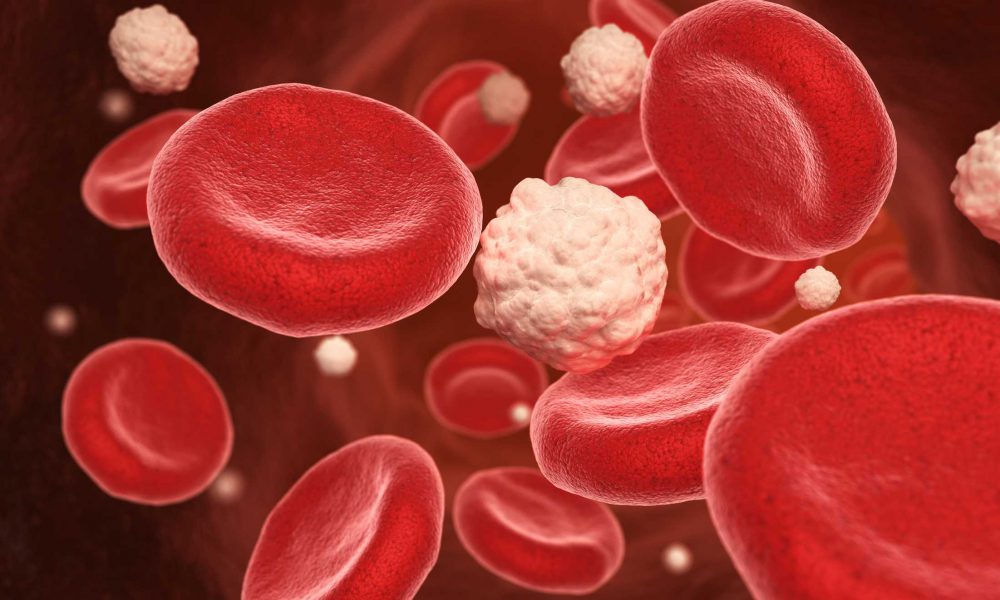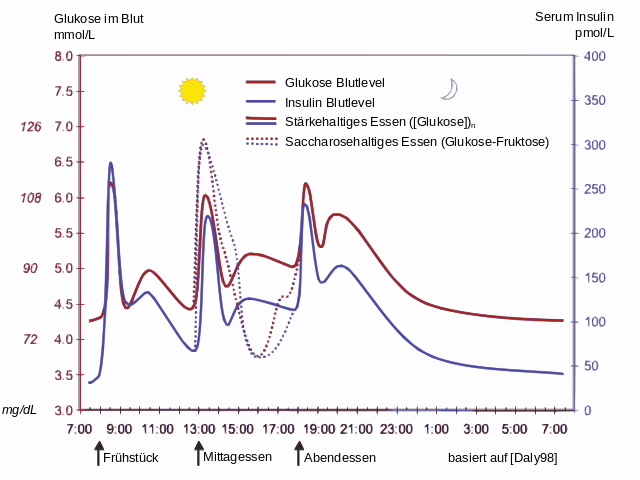Diabetes Mellitus Range
The normal ranges for blood sugar levels in adults who do not have diabetes before eating or fasting the range begins at 72-99mg/dl while fasting ranges for those being treated for type 1 or type 2 diabetes range from 80 -130 mg/dl. according to the american diabetes association normal blood sugar levels before and after eating should diabetes mellitus range be 80-130 mg/dl before eating a meal (fasting), and less. Diabetes mellitus (dm), commonly known as diabetes, is a group of metabolic disorders characterized by a high blood sugar level over a prolonged period of time. symptoms often include frequent urination, increased thirst, and increased appetite.
That means if your a1c is 6, it might indicate a range from 5. 5 to 6. 5. some people may have a blood glucose test that indicates diabetes but their a1c is normal, or vice versa. Understanding blood glucose level ranges can be a key part of diabetes self-management. this page states ‘normal’ blood sugar ranges and blood sugar ranges for adults and children with type 1 diabetes, type 2 diabetes and blood sugar ranges to determine people with diabetes.. if a person with diabetes has a meter, test strips diabetes mellitus range and is testing, it’s important to know what the blood glucose.

Chart Of Normal Blood Sugar Levels For Adults With Diabetes
If your a1c level is between 5. 7 and less than 6. 5%, your levels have been in the prediabetes range. if you have an a1c level of 6. 5% or higher, your levels were in the diabetes range. finally: a1c is also defined as ‘estimated average glucose,’ or eag. another term you may come across when finding out your a1c is eag. Blood glucose range diabetes mellitus. common questions and answers about blood glucose range diabetes mellitus. blood-glucose. diabetes mellitus is a chronic and complex disease, which can affect the entire body. diabetes is caused by having too much glucose (sugar) in the blood. carbohydrate is broken down in stomach and glucose is separated.


What Is Diabetes Cdc
The normal ranges for blood sugar levels in adults who do not have diabetes before eating or fasting the range begins at 72-99mg/dl while fasting ranges for those being treated for type 1 or type 2 diabetes range from 80 -130 mg/dl. according to the american diabetes association normal blood sugar diabetes mellitus range levels before and after eating should be 80-130 mg/dl before eating a meal (fasting), and less than 180 mg/dl about 1-2 hours after eating a meal. Diabetes mellitus, also called diabetes, is a term for several conditions involving how your body turns food into energy. when you eat a carbohydrate, your body turns it into a sugar called. There are three main types of diabetes: type 1, type 2, and gestational diabetes (diabetes while pregnant). type 1 diabetes. type 1 diabetes is thought to be caused by an autoimmune reaction (the body attacks itself by mistake) that stops your body from making insulin. approximately 5-10% of the people who have diabetes have type 1.
Anyone with a body mass index higher than 25 (23 for asian-americans), regardless of age, who has additional risk factors, such as high blood pressure, abnormal cholesterol levels, a sedentary lifestyle, a history of polycystic ovary syndrome or heart disease, and having a close relative with diabetes. anyone older than age 45 is advised to receive an initial blood diabetes mellitus range sugar screening, and then. Source: american diabetes association fasting blood sugar. a fasting blood sugar (sometimes called fasting plasma glucose or fpg) is a blood sugar that is measured after fasting (not eating or drinking anything, except water) for at least 8 hours. the purpose of doing a fasting blood sugar test is to determine how much glucose (sugar) is in the blood, and this test is commonly used to check.
Preventing type 2 diabetes. you will not develop type 2 diabetes automatically if you have prediabetes. for some people with prediabetes, early treatment can actually return blood sugar levels to the normal range. research shows that you can lower your risk for type 2 diabetes by 58% by:. children and young people with endocrine disorders and diabetes mellitus by bringing together professionals from a range of disciplines the conference in birmingham brings together Most people have symptoms of low blood sugar (hypoglycemia) when their blood sugar is less than 70 mg/dl. (your healthcare provider will tell you how to test your blood sugar level. ) when your blood sugar is low, your body gives out signs that you need food. different people have different symptoms.
anemia, autoimmune hepatitis, coeliac disease, crohn’s disease, diabetes mellitus (types i and ii), goodpasture’s syndrome, grave’ The art and science of diabetes self-management education desk reference, 2nd ed. american association of diabetes educators, 2011. american diabetes association: "standards of medical care in.
A blood sugar level less than 140 mg/dl (7. 8 mmol/l) is normal. a reading of more than 200 mg/dl (11. 1 mmol/l) after two hours indicates diabetes. a reading between 140 and 199 mg/dl (7. 8 mmol/l and 11. 0 mmol/l) indicates prediabetes. The icd-10 code range for icd-10 diabetes mellitus e08-e13 is medical classification list by the world health organization (who). icd-10 code range (e00-e89),endocrine, nutritional and metabolic diseases, contains icd-10 codes for disorders of thyroid gland, diabetes mellitus, other disorders of glucose regulation and pancreatic internal secretion, disorders of other endocrine glands. Diabetesmellitus is diagnosed by the presence of the typical clinical signs (excess thirst, excess urination, excess appetite, and weight loss), a persistently high level of glucose in the blood, and the presence of glucose in the urine. diabetes is the most common disease that will cause the blood glucose level to rise substantially. Diabetesmellitus is a disease that prevents your body from properly using the energy from the diabetes mellitus range food you eat. diabetes occurs in one of the following situations: the pancreas (an organ behind your stomach) produces little insulin or no insulin at all. insulin is a naturally occurring hormone, produced by the beta cells of the pancreas, which.
Diabetesmellitus, commonly referred to as diabetes, means sweet urine. it is a chronic medical condition associated with abnormally high levels of sugar (glucose) in the blood. elevated levels of blood glucose ( hyperglycemia ) lead to spillage of glucose into the urine, hence the term sweet urine. A blood glucose level of 200 mg/dl or higher indicates diabetes. when fasting blood glucose stays above 100mg/dl, but in the range of 100-126mg/dl, this is known as impaired fasting glucose (ifg). while patients with ifg do not have the diagnosis of diabetes, this condition carries with it its own risks and concerns, and is addressed elsewhere.
Diabetesmellitus refers to a group of diseases that affect how your body uses blood sugar (glucose). glucose is vital to your health because it's an important source of energy for the cells that make up your muscles and tissues. to keep your weight in a healthy range, focus on permanent changes to your eating and exercise habits. motivate. Overview. diabetes mellitus refers to a group of diseases that affect how your body uses blood sugar (glucose). glucose is vital to your health because it's an important source of energy for the cells that make up your muscles and tissues. Diabetesmellitus, also called diabetes, is a term for several conditions involving how your body turns food into energy. when you eat a carbohydrate, your body turns it into a sugar called. More diabetes mellitus range images.
Diabetes is diagnosed at fasting blood sugar of greater than or equal to 126 mg/dl oral glucose tolerance test (also called the ogtt) the ogtt is a two-hour test that checks your blood sugar levels before and 2 hours after you drink a special sweet drink. it tells the doctor how your body processes sugar. Diabetesmellitus (dm), commonly known as diabetes, is a group of metabolic disorders characterized by a high blood sugar level over a prolonged period of time. symptoms often include frequent urination, increased thirst, and increased appetite. if left untreated, diabetes can cause many complications. acute complications can include diabetic ketoacidosis, hyperosmolar hyperglycemic state, or. E08. 9 diabetes mellitus due to underlying condition icd-10-cm diagnosis codes e09-* e09 drug or chemical induced diabetes mellitus. icd-10-cm range e00-e89. endocrine, nutritional and metabolic diseases e00-e07 disorders of thyroid gland; e08-e13 diabetes mellitus;. There are three main types of diabetes: type 1, type 2, and gestational diabetes (diabetes while pregnant). type 1 diabetes type 1 diabetes is thought to be caused by an autoimmune reaction (the body attacks itself by mistake) that stops your body from making insulin. approximately 5-10% of the people who have diabetes have type 1.
Comments
Post a Comment